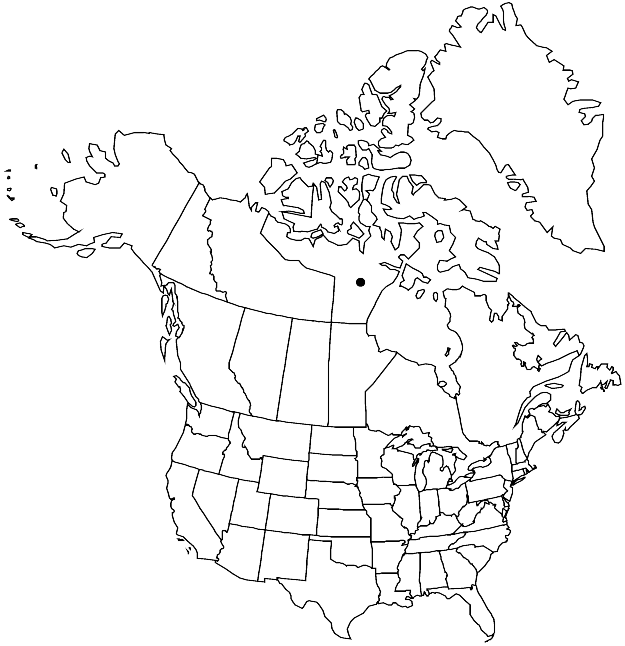Difference between revisions of "Braya humilis subsp. ellesmerensis"
Novon 16: 345. 2006.
imported>Volume Importer |
imported>Volume Importer |
||
| Line 46: | Line 46: | ||
|publication year=2006 | |publication year=2006 | ||
|special status= | |special status= | ||
| − | |source xml=https:// | + | |source xml=https://bitbucket.org/aafc-mbb/fna-data-curation/src/2e0870ddd59836b60bcf96646a41e87ea5a5943a/coarse_grained_fna_xml/V7/V7_876.xml |
|tribe=Brassicaceae tribe Euclidieae | |tribe=Brassicaceae tribe Euclidieae | ||
|genus=Braya | |genus=Braya | ||
Latest revision as of 23:36, 5 November 2020
Stems usually ascending (prostrate in fruit), unbranched, 0.3–1.6 dm, moderately pubescent. Leaves: blade margins pinnatifid or entire, surfaces moderately pubescent. Flowers: petals white or purple-tinged, (3–)4–5.6 × (1.3–)2–3.3(–3.8) mm. Fruits usually fertile and fully developed, not or weakly torulose, (1–)1.2–1.8(–2) mm wide; septum often fenestrate (with circular perforations at regular intervals longitudinally or with a narrow, elliptical, longitudinal split at base or both). 2n = 42.
Phenology: Flowering Jun–Jul, fruiting Jul–Aug.
Habitat: Sand, clay, and gravel slopes and plains
Elevation: 0-200 m
Discussion
Prostrate fruiting stems, exceptionally broad, non-torulose fruits, and fenestrate silique septae distinguish subsp. ellesmerensis from other subspecies of Braya humilis. It is known only from northern Ellesmere Island.
Selected References
None.
Lower Taxa
None.
